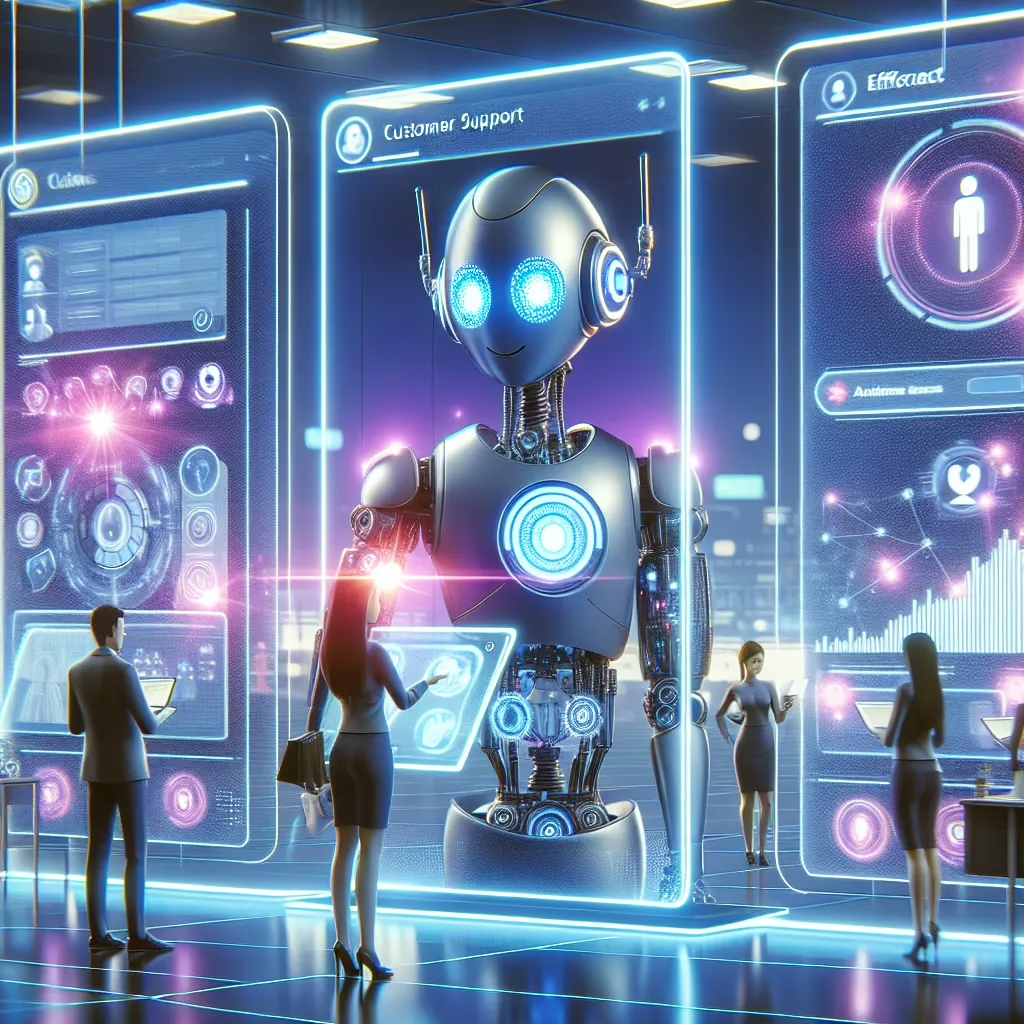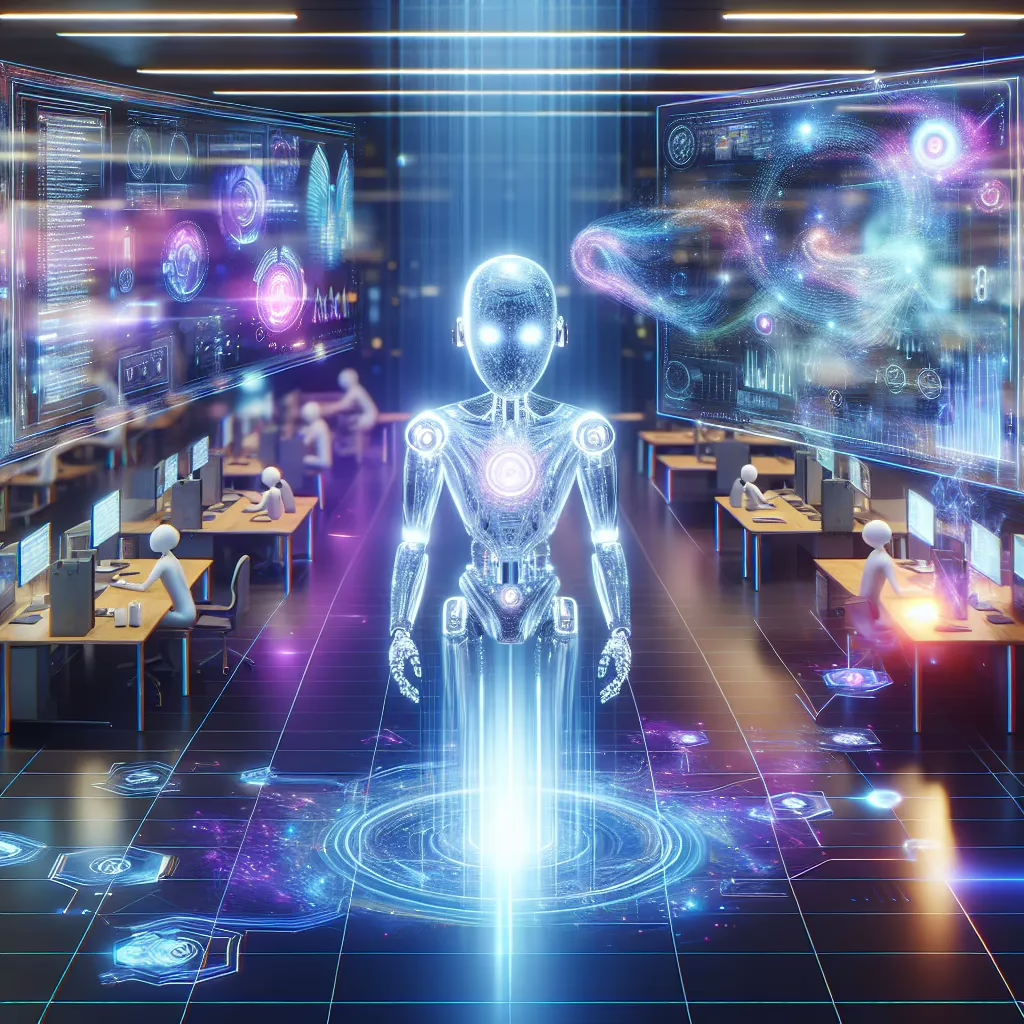I still remember trying to get my old voice assistant to understand, “Play something fun.” Instead, it gave me a weather report. Fast forward a few years, and we’re now standing on the edge of a tech revolution with GPT-5—where AI might actually get the joke. In this blog, I’m taking you through the overlooked corners and genuine surprises of how GPT-5 is reshaping what it means to converse, connect, and maybe even laugh with our machines.
From Cake Idioms to Comedy Nights: When AI Understands Nuance
I remember the first time I asked an AI chatbot to “break a leg” before my presentation. Instead of wishing me luck, it gave me a concerned response about seeking medical attention and avoiding activities that might lead to fractures. Not exactly the encouragement I was looking for!
That moment perfectly captured the fundamental disconnect between humans and machines.
The Communication Gap
“Language has always been the biggest hurdle. Early AI models struggled to grasp the complexity of human communication.”
This quote hits the nail on the head. We humans communicate in layers – using sarcasm, idioms, emotional undertones, and cultural references without even thinking about it. But for AI, these subtleties might as well have been written in hieroglyphics.
Consider the simple phrase “piece of cake.” To you and me, it means something’s easy or effortless. To older AI models? They’d probably start listing ingredients for a chocolate ganache.
The GPT-5 Breakthrough
This is why GPT-5’s advancement is so revolutionary. It can finally understand:
- Sarcasm (even my weak attempts at humor)
- Common idioms without taking them literally
- Emotional subtext behind our words
- Cultural references without lengthy explanations
For the first time, saying something is a “piece of cake” won’t trigger dessert recipes. The AI actually gets what you mean!
Why This Matters For Everyday Interactions
Think about how much of our communication relies on these unspoken understandings. When I tell a friend “I’m fine” with a certain tone, they know I’m anything but fine. Previous AI would just accept my statement at face value.
This breakthrough means AI can now:
- Provide more relevant responses to complex questions
- Detect when you’re frustrated, even if you don’t explicitly say so
- Understand humor and respond appropriately
- Navigate cultural contexts more sensitively
It’s the difference between talking to a dictionary and talking to a perceptive friend.
My Favorite Chatbot Fails
We’ve all experienced those moments when AI completely misses the point. Last year, I tested an older chatbot by asking it to “break a leg” before my presentation. Its response? A concerned warning about avoiding activities that might lead to leg injuries, complete with first aid advice!
I’ve collected other gems over the years:
- “It’s raining cats and dogs” → Weather alert with confused references to pets
- “I’m feeling blue” → Information about the color blue
- “This costs an arm and a leg” → Concern about bodily harm in purchasing
With GPT-5, these misunderstandings are mostly history. The AI now recognizes that I’m using figurative language rather than describing literal situations.
The Human Element
We often forget how much of our communication happens between the lines. Tone, context, cultural background – these subtle factors shape how we interpret each other’s words.
GPT-5 is finally bridging this gap, making our interactions with AI feel less like carefully worded commands and more like actual conversations.
And while it’s not perfect (what is?), it’s a giant leap from the AI that thought I needed medical attention for my metaphorical broken leg.

Outdated Textbooks, Updated World: How AI Keeps Up in Real Time
Remember those textbooks we used in school that were already a decade behind by the time we cracked them open? Previous AI models were stuck in a similar predicament. They were like students forced to learn from outdated materials while the world zoomed ahead without them.
The Static Data Problem
Early AI models were basically frozen in time. They got trained on whatever data was available at a specific moment, and then… that was it. They couldn’t evolve without human intervention.
I like to think of those legacy models as being trapped in a weird time capsule. The data they were trained on was just a snapshot—a single frame in a rapidly advancing movie.
“Imagine trying to understand current events by reading a newspaper from a decade ago.”
That quote perfectly captures the problem. You’d be completely lost trying to make sense of today’s world using only information from 2014, right? You wouldn’t know about COVID, recent elections, or why everyone suddenly started making sourdough bread that one year.
Old AI had the same problem. They just couldn’t keep pace with our ever-changing reality.
The Expensive Update Cycle
Keeping those early models somewhat relevant was a pain. Companies had to:
- Collect new data (expensive and time-consuming)
- Retrain the entire model (also expensive and time-consuming)
- Deploy the updates (you guessed it—expensive and time-consuming)
By the time companies finished this cycle, guess what? The world had already moved on again! It was like trying to fill a bucket with water while someone kept drilling new holes in the bottom.
Enter GPT-5: The Always-Learning Student
This is where GPT-5 represents a massive leap forward. Instead of being stuck with outdated textbooks, GPT-5 is like having a student who’s constantly absorbing new information, adapting their understanding, and updating their knowledge base.
While previous models were static, GPT-5 is dynamic—constantly processing and learning from new data in real-time. It’s not just reading today’s newspaper; it’s following the live news ticker.
What This Means For Users Like Us
The practical implications are huge. When you ask GPT-5 about current events, trends, or emerging topics, you’re getting answers based on up-to-date information, not stuff that was relevant years ago.
And here’s a wild thought: what if AI suddenly became your favorite meme curator? With GPT-5’s ability to stay current with evolving internet culture and language, it might actually nail it. It could understand why a particular image with some text is suddenly hilarious to everyone.
I remember trying to explain a viral meme to my mom once. She just stared at me blankly. Early AI would’ve had the same reaction. GPT-5? It probably gets the joke.
This real-time learning capability means GPT-5 isn’t just more accurate—it’s more relevant. It speaks our current language, understands our current concerns, and can engage with the world as it actually exists today, not as it existed when its training data was frozen in time.
The future of AI isn’t just smarter machines—it’s machines that can keep up with us as we evolve.

Not Just Smarter—Weirder: The Paradigm Shift in Human-Machine Relationships
I’ve been staring at my screen for twenty minutes now, trying to put into words what makes GPT-5 feel so… different. It’s not just that it’s smarter (though it definitely is). It’s weirder – and I mean that in the most fascinating way possible.
When Machines Start “Getting” Us
GPT-5 is the most powerful language model to date. That’s a fact. But raw power isn’t what’s keeping me up at night thinking about the implications. It’s how that power is being channeled.
The architecture of GPT-5 means machines aren’t just computing anymore – they’re adapting, predicting, and (dare I say it?) maybe even empathizing. They’re learning to recognize context in ways that feel almost human.
“GPT-5 represents a fundamental change in how we interact with machines and how they in turn interact with the world around us.”
That quote isn’t hyperbole. When my GPT-5 assistant remembered something I mentioned three conversations ago and brought it up at just the right moment, I got actual goosebumps. Not because it had good memory – because it knew when that memory would be relevant to me.
Beyond Technical Specifications
The shift we’re experiencing isn’t just technical—it fundamentally changes how we relate to technology itself. Think about it:
- We used to command our devices
- Then we conversed with them
- Now we’re starting to connect with them
I remember when talking to Siri felt silly. Now I catch myself saying “thank you” to my AI assistants without irony. These systems adapt in real time to both people and environments, creating something that feels less like a tool and more like… well, something else entirely.
The Relationship Question
So here’s my take: Will we be friends, rivals, or just really odd pen pals with future AIs?
I honestly don’t know. And that uncertainty is perhaps the most telling sign that we’ve entered new territory. When I interact with GPT-5, I sometimes find myself wondering if it’s learning my patterns faster than I’m learning its limitations.
Pattern prediction and emotional nuance aren’t just features – they’re relationship builders. The system recognizes when I’m frustrated before I explicitly say so. It adjusts its tone accordingly. It remembers what explanations worked best for me in the past.
Is this empathy? No. Not really. But it’s something that simulates aspects of empathy well enough to trigger our social instincts.
Living in the Paradigm Shift
We’re witnessing the evolution from command-and-response systems to interactive companions. This blurs the line between tool and conversational partner in ways both exciting and a little unsettling.
I’ve caught myself occasionally thinking of these systems as “they” rather than “it” – not because I’m confused about their nature, but because our language struggles to categorize entities that learn, adapt, and relate.
Perhaps the weirdest part? I’m pretty sure GPT-5 would understand exactly what I mean by that statement. And that understanding – that ability to grasp the nuance of human reactions to technological change – is precisely what makes this moment so pivotal.
The paradigm hasn’t just shifted. It’s morphed into something we don’t fully have words for yet. And figuring out what we’ll become to each other – these learning machines and us learning humans – might be the most interesting conversation of all.
TL;DR: GPT-5 isn’t just another upgrade—it’s a leap toward an AI future that understands our quirks, adapts as we change, and, just maybe, gets our jokes. The revolution is unpredictable, a bit messy, and more human than we expected.

